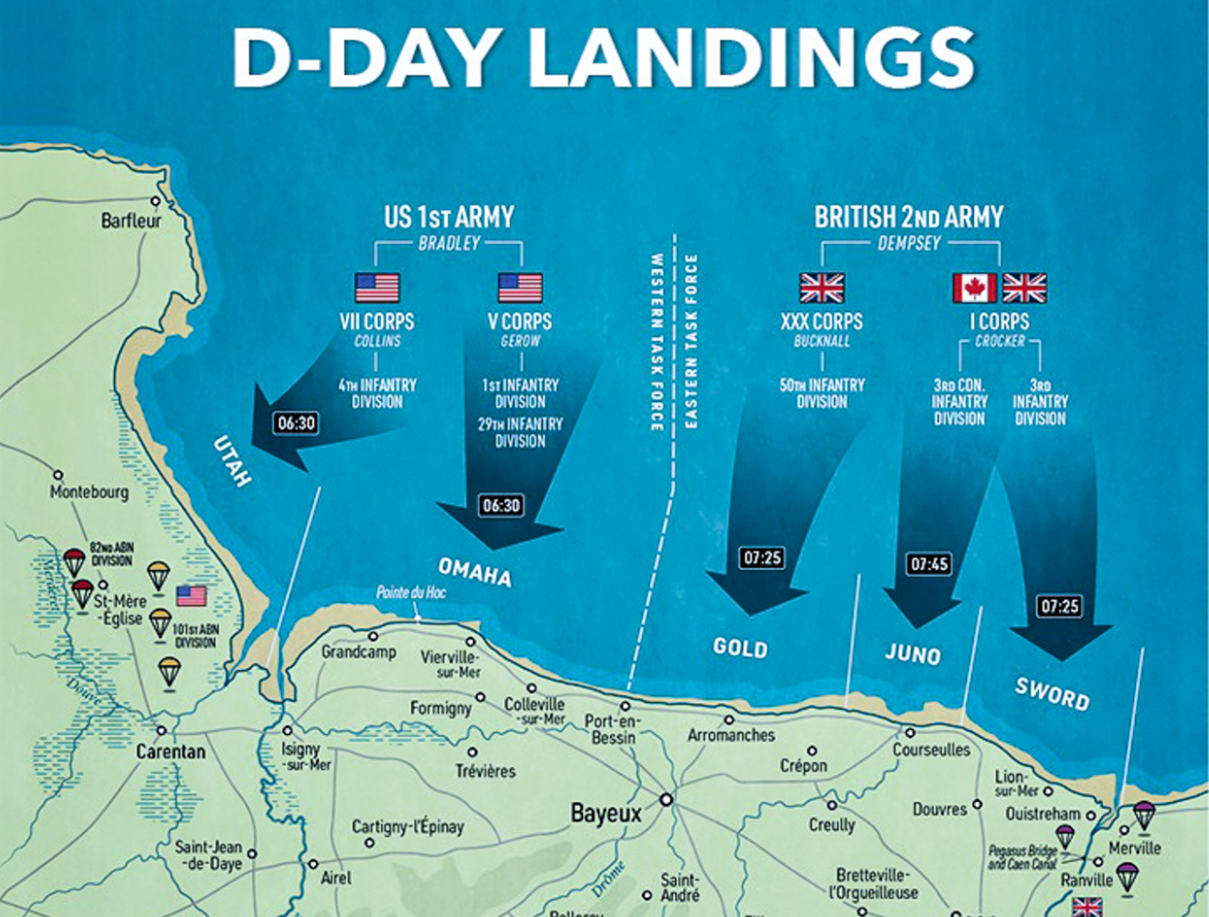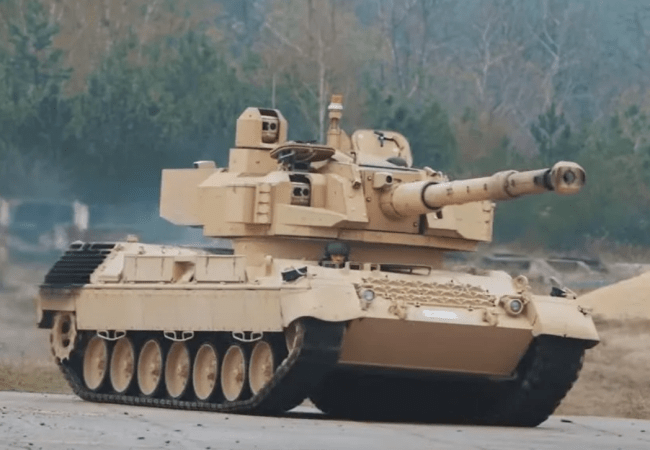
Murrination Insights Weekly Summaries

This newsletter features the summary from the latest Murrination insights. This newsletter is released once a week on Sunday, with the previous week's summaries.
WW3; Lessons Lost 1: On Omaha Beach - Planning Failures, Tactical Blunders & Missed InnovationsSummaryThe assault on Omaha Beach on D-Day stands as one of the most intense and costly military operations in American history. While the beachhead was eventually secured through extraordinary bravery and improvisation—particularly by U.S. Navy destroyers and small-unit leaders—the landing was plagued by deep flaws in planning, intelligence, and doctrine. American commanders underestimated the strength of German defences, over-relied on ineffective bombardments, and dismissed proven British innovations, such as Hobart’s Funnies and the X-craft lane markers. The operation’s rigid command structure and top-down planning left little room for real-time adaptation, which contributed to staggering casualties and the near collapse of combat capability on this landing beach in the opening hours of the assault. Post-war narratives obscured these shortcomings, framing the operation as a triumph of will rather than a narrow escape from failure. Today, as the United States prepares for future conflicts—particularly against a peer adversary like China—it is critical to confront these hard lessons. A modern military that continues to ignore innovation, field-level intelligence, and adaptive planning risks repeating history, but with far greater consequences. Image
 |
|
 |
Disrupt or be disrupted and see The Barn Burned DownSummaryOur analysis makes a compelling case that lateralisation—the cognitive and structural shift toward lateral thinking—is the first and most vital step in surviving entropic shocks. While linear systems function well in times of stability, they are often blindsided by sudden, chaotic change. By contrast, lateral thinkers thrive in uncertainty, crafting novel solutions to emerging crises. The article outlines a framework to help organisations embrace lateral thinking: understanding their position in historical cycles, integrating lateral thinkers, stress-testing scenarios with both red and blue teams, and executing adaptive strategies. As geopolitical and economic pressures mount, organisations must embrace transformation or risk being swept away. Global Forecaster offers the tools and strategic insights to catalyse that evolution—before the next wave hits. |
 |
WW3 Revolutionary Weapons 10 ; Tanks Are Far From Obsolete with APSSummaryDespite widespread claims of the tank’s obsolescence in an era dominated by cheap, ubiquitous drones, recent developments suggest the main battle tank (MBT) is undergoing a transformational rebirth. While outdated Soviet-era tanks have suffered heavy losses in Ukraine, the delivery of a single Belgian-upgraded Leopard 1 equipped with a cutting-edge Cockerill 3105 turret and Active Protection System (APS) signals a paradigm shift. This turret turns legacy platforms into modern, survivable combat nodes with networked sensors, drone resistance, and firepower once exclusive to top-tier MBTs. This APS test in Ukraine mirrors Israeli successes in Gaza with Merkava tanks, showing how smart, well-equipped tanks can not only survive in modern warfare but dominate. The future of ground combat will revolve around fast-moving, networked armoured formations protected by APS, SHORAD, electromagnetic weapons, and drone reconnaissance. Those militaries that adapt fastest—especially by deploying tanks with full-spectrum protection—will hold a decisive advantage in tomorrow’s wars. |
 |
WW3 64: How The IDF Campaign Against Iran Exposed NATO's Missed OpportunitySummaryThe murrination argues that the Israel Defence Forces' (IDF) recent success in defending against a massive aerial onslaught by Iran, with support from the U.S., provides a clear demonstration of the effectiveness of integrated, layered air defence systems backed by advanced Western airpower. Israel's 12-day war saw the interception of over 90% of more than 600 aerial threats, including hypersonic weapons—thanks to an advanced network including Iron Dome, David’s Sling, Arrow-3, and U.S. systems like Patriot, THAAD, and F-15E fighters. By contrast, Ukraine—despite successfully intercepting 475 out of 537 Russian missiles and drones in a major June 2025 attack—lacks such a defensive shield, exposing its infrastructure and civilians to continued risk. The article questions why NATO has not implemented a similar air-defence strategy for Ukraine, given the proven effectiveness of such systems and Ukraine’s urgent strategic needs. Israel’s model also demonstrated successful suppression of enemy air defences (SEAD/DEAD) and total air dominance—key capabilities NATO could leverage to neutralise Russian aerial power and reshape the war's outcome in Ukraine. |
 |
WW3 63; Resilience of Bombed Populations 4-Japanese Capitulation by Fire and Atom BombsSummary The U.S. bombing campaign against mainland Japan during World War II unfolded in escalating phases of destruction, beginning with the symbolic Doolittle Raid in 1942, significantly building in 1945 and culminating in the atomic bombings of Hiroshima and Nagasaki in August 1945. Initially hampered by distance, sustained attacks only became possible after the U.S. captured the Mariana Islands, enabling long-range B-29 raids. Early high-altitude precision bombings gave way to a devastating firebombing campaign under General Curtis LeMay, most notably the Tokyo raid of March 1945, which killed around 100,000 people in one night. Over the next few months, 67 cities were ravaged by similar attacks. However, it was the atomic bombings that finally broke Japan’s will to continue fighting. The near-instant destruction of Hiroshima and Nagasaki caused over 200,000 deaths by the end of 1945. The two cities' destruction introduced a new era of psychological trauma and existential dread due to the effects of radiation. While Japanese civilians had demonstrated resilience through months of conventional bombing, the atomic strikes shattered morale and led to Japan’s unconditional surrender. The bombings left a profound cultural scar and helped shape postwar Japan’s pacifist identity, with Hiroshima becoming a lasting symbol of peace. |












